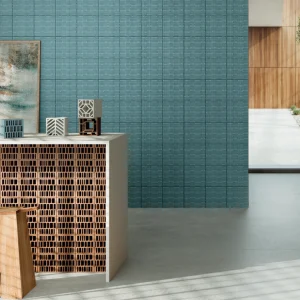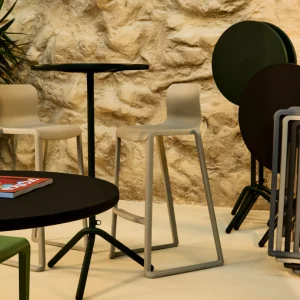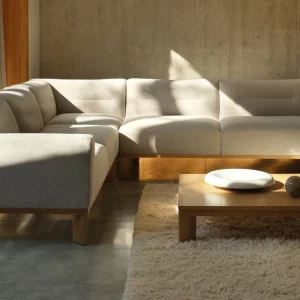dan Pearlman has recreated in detail the Canadian landscape of Yukon Bay at one of the most spectacular adventure zoos in Germany. The architecture office studied the Canadian landscape and through creativity, sustainable technologies and architecture, incorporated it on the German landscape. The scheme can be described as ‘a piece of Canada in the heart of Germany’. Yukon Bay is a small village in Canada, featuring harbor, river, canyons and an old gold mine.
The main objective of the habitat design was to create a holistic dreamland spanning 22,000 square meters displaying the pureness of the wild Alaska, where humans and animals can live side by side and experience the balance of nature. Yukon Bay at Hanover Zoo will be the home of 100 animals of 15 species including polar bears, wolves, forest bison, sunglasses and rockhopper penguins, sea lions, grey seals, marine pelicans, turkeys, prairie dogs, red squirrels, snow owls and sandhill cranes.
All details of the pure Canadian landscape were carefully placed at Yukon Bay. The elements of the animal habitats include more than 200 newly planted large trees, reflecting the authentic Yukon vegetation, topography and landscape. The landscape resembles the bustling port of Yukon Bay, a town with colorful houses in typical Canadian wood construction, enhancing the individuality of the construction. The newly recreated Canadian town offers numerous facilities for children, with retail units also included in the overall concept.
The visitors can observe playful polar bears, prairie dogs and snowy owls. An expired old cargo ship Yukon Queen is one of the highlight of the project, which was converted into a penguin zoo.
The enclosure has been designed to respect the natural spaces and living conditions of each species. The project includes elements and measures which stimulate and encourage the animals positively. The protection of endangered species and the inclusion of special techniques of breeding, in case of the polar bears, is also a function of this project.
Around 15,000 cubic meters of soil was moved and 3,500 cubic meters of concrete was used for underwater constructions. The entire structure was constructed at a cost of EUR35 million ($42.97 million).





